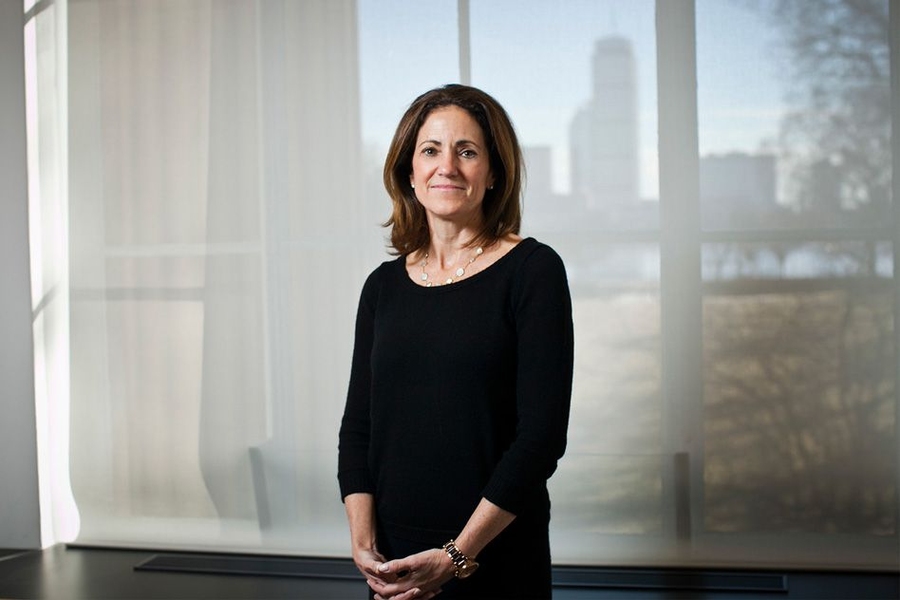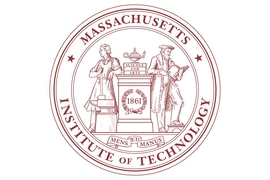On Oct. 27, 2014, MIT Chancellor Cynthia Barnhart released the findings of the Community Attitudes on Sexual Assault (CASA) survey, detailing MIT students’ experiences with a variety of unwanted sexual behaviors. In the year since, students, faculty, and staff have come together to raise awareness about what constitutes sexual misconduct, how to prevent it, and resources that can help. Barnhart spoke with MIT News on progress to date, and new efforts to combat sexual assault at MIT.
Q. In the year since you released the CASA survey findings, what have you been working on, and what changes are you seeing?
A. In typical MIT fashion, we are using the CASA data and the community conversations it sparked to inform and target our responses. We have learned a lot, and have been working hard to turn those lessons into actions.
We conclude from the survey findings that we should focus our initial efforts in three key, interconnected areas: education, prevention, and cultural change. We know that the most powerful prevention tool is education. And we know that education can also positively influence attitudes and behaviors — and that, over the long term, such influences will help bring about changes in our culture.
In the last year, we have more than doubled the number of staff working at the Title IX Office, which assists with any concerns involving gender-based discrimination, and MIT Medical’s Violence Prevention Response (VPR). These additional resources have allowed us to educate more students about what sexual assault is, how to prevent it, and where to go when you need help.
We have offered more training opportunities to our community. “Party-Safe Plus” (which teaches students how to host social events responsibly), bystander intervention, and education about the linkages between sexual assault and alcohol and drugs are some examples. By the end of this term, 70 percent of all fraternity members will have completed Party-Safe Plus training.
This term we have launched two new pilot programs: one in Random Hall aimed at educating students about healthy relationships and decision-making skills; and the other in Eastgate and Westgate [apartments] to educate graduate student ambassadors on how to recognize and provide resources for victims of dating and domestic violence, stalking, and sexual assault.
New Committee on Discipline rules for complaints of sexual misconduct will take effect this month. The revised rules aim to make the process more accessible and streamlined so that students will decide to file formal complaints, while still ensuring fairness for everyone who participates in the process. And a new standing Presidential Committee on Sexual Misconduct, chaired by Professor David Singer, will provide advice to me and to the provost, the Institute community and equity officer, and the vice president for human resources.
One clear sign that our focus on education is having an impact is that we are seeing more students than in previous years coming forward to report unwanted sexual behavior. We think the increase likely indicates increased awareness about what constitutes misconduct, and better knowledge about where to go for help. We also think more students now understand they have access to resources where they can share personal, sensitive information and get the support they need.
Q. How can the community take part in this work?
A. Members of the MIT community can take part in many ways, and it is absolutely critical that they do. Education, prevention, and cultural change take time and require every member of our community to actively participate in solutions. Here’s how you can help:
- October is Domestic Violence Awareness Month. Show your support by taking part in an event, joining the “It’s on Us MIT” student group, or signing the MIT bystander pledge.
- The Title IX Office and VPR have launched a new public awareness campaign, based on the CASA survey results, to prevent misconduct and change attitudes. Keep an eye out for the posters around campus.
- In order to expand the reach of Party-Safe Plus training, we are offering financial incentives to the floors in undergraduate dorms that train the most people. Contact VPR to learn how your floor can take part.
- VPR provides interactive, discussion-based prevention and awareness education for any MIT-affiliated group. VPR can tailor training to meet your needs. Some common trainings are about bystander behavior, how to help a friend, first-responder trainings, and healthy versus unhealthy relationships. Contact VPR to schedule a training.
The CASA survey results informed us on solutions tailored to fit MIT’s community and culture. Every one of us has a responsibility to continue this important work. A united, caring, respectful community is within our reach — if we all work together to achieve it.
Q. Last month, a national survey came out showing that colleges across the country are grappling with sexual assault. Are there lessons from our response and experience in the last year that you think other schools can utilize to tackle this complex issue?
A. I think what we have learned is that colleges can benefit from recognizing the importance of student involvement in addressing these issues, as well as the strong links between education, prevention, and cultural change. If schools target their responses in those key interconnected areas, and they get their students to partner in these efforts and commit to change, they can make progress over time.
While we released our findings one year ago, and in some ways have had a jumpstart on developing early strategies, we still have much more work to do. We’re in the phase of implementing new programs fully and giving them time to run. I imagine that, next year at this time, the schools that participated in the recent national survey will be saying the same thing.
Overall, though, I’m pleased with the ground we’ve covered in the last 12 months. And I’m using the anniversary of our CASA survey’s release to call on the MIT community to continue to be active participants in the solutions. If we have everyone pulling in the same direction, we can create a positive campus culture of respect and unity.









